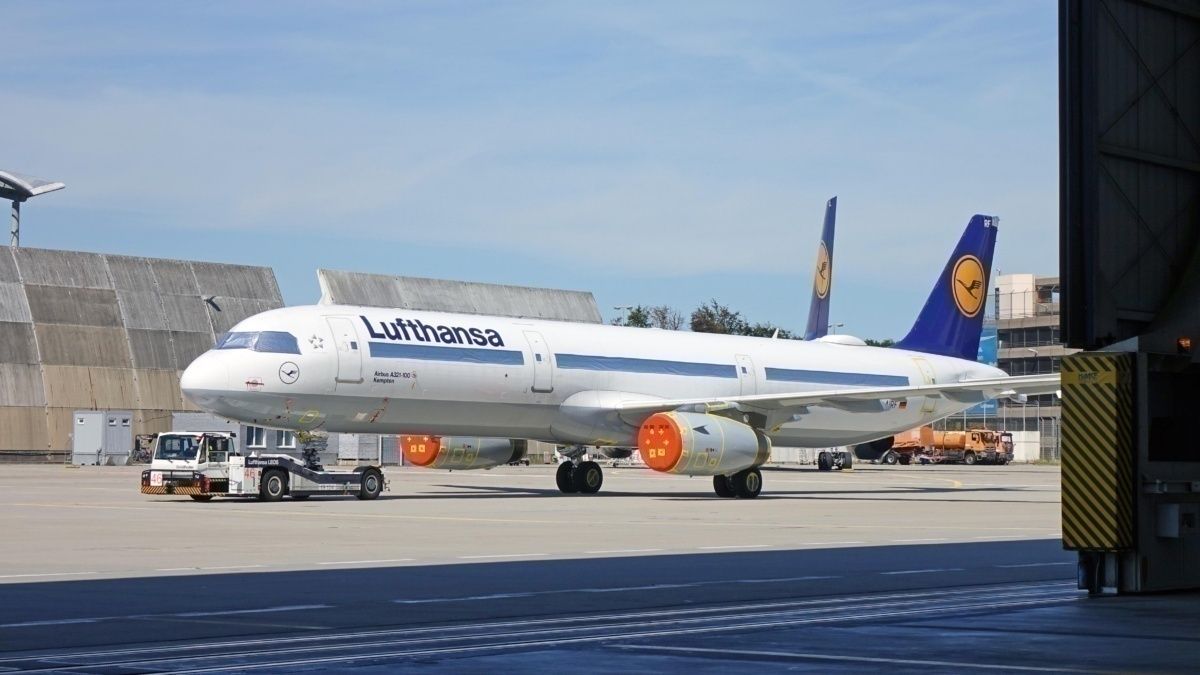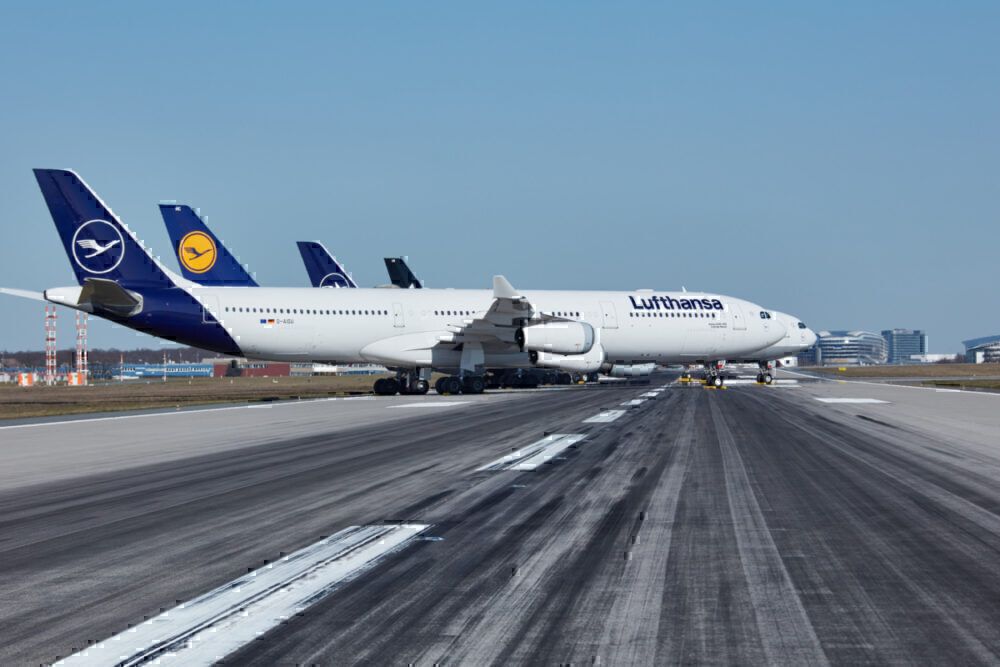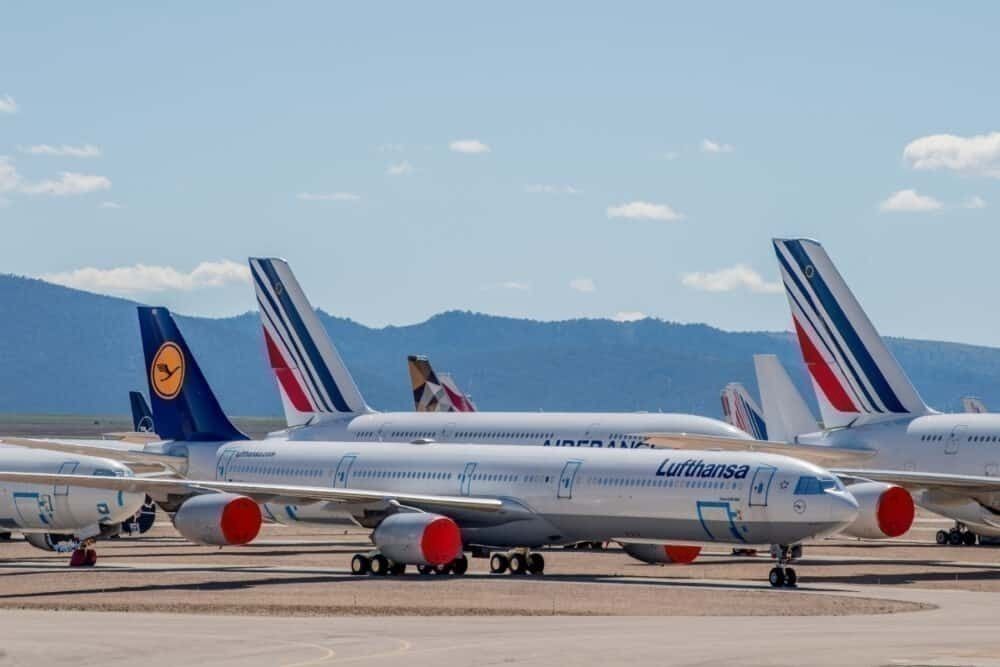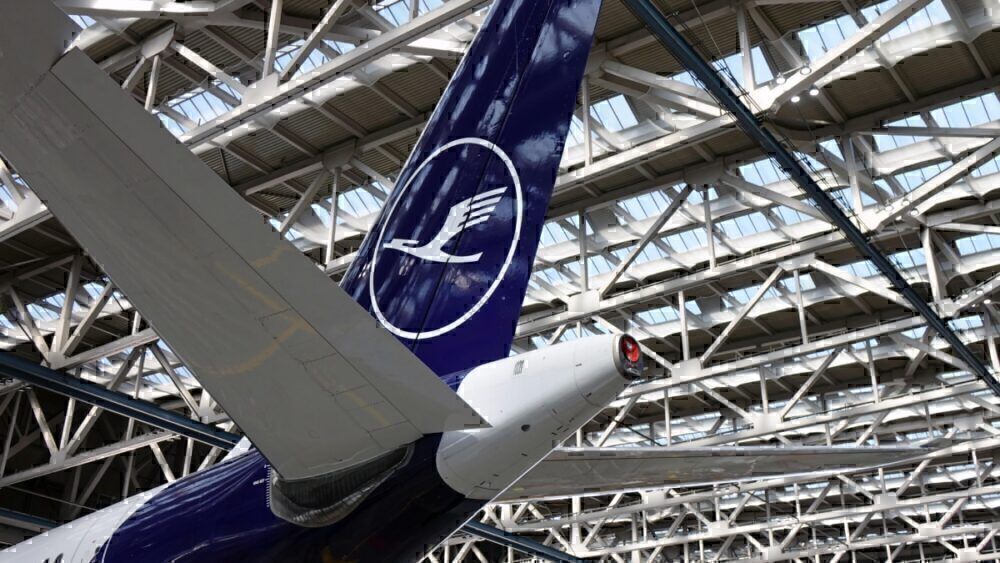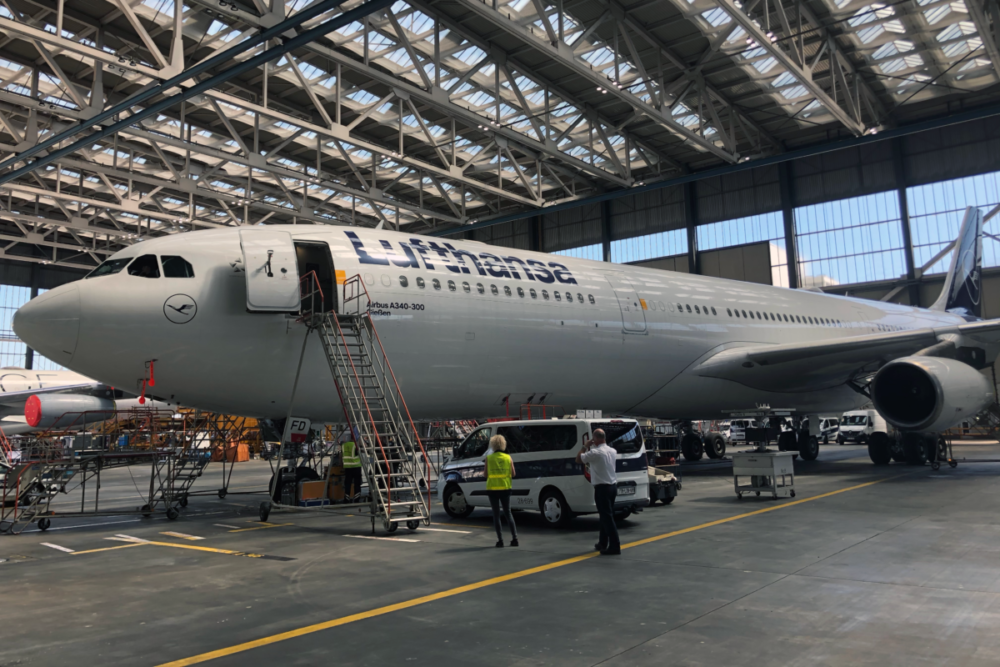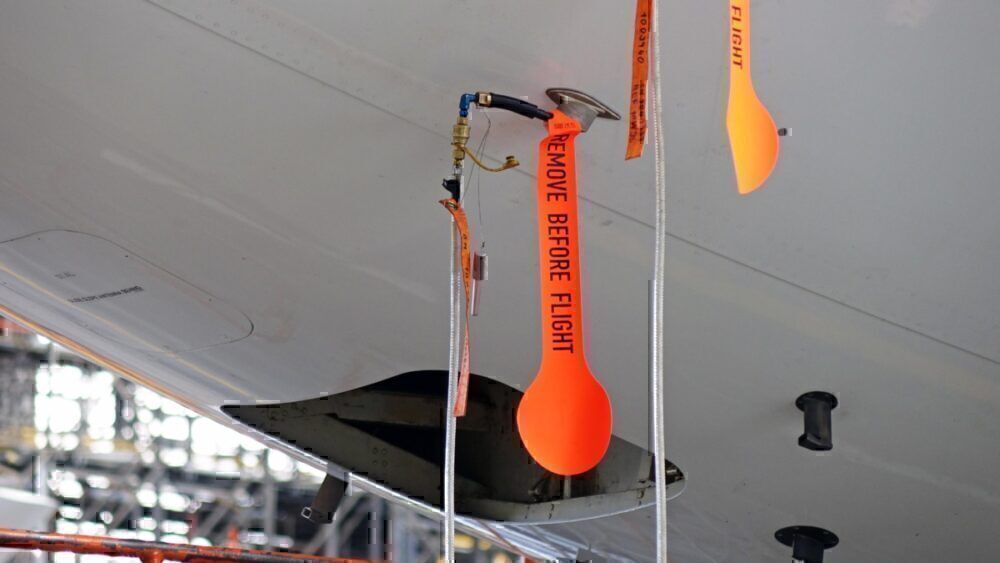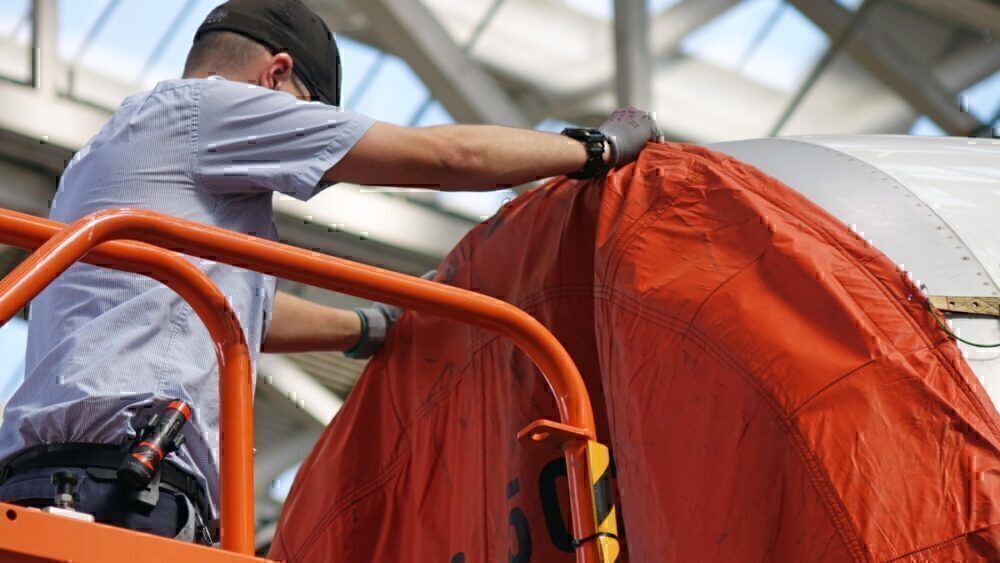Lufthansa is hard at work reactivating its aircraft and route network as demand for flights slowly ramps up. Simple Flying was fortunate enough to visit the airline to find out just what goes into returning aircraft to service, having spent over a third of a year parked.
Almost every airline was forced to radically alter its operations to deal with the current COVID-19 crisis. Lufthansa was very upfront about its grounded aircraft throughout the current crisis. Indeed, the airline had already grounded 150 aircraft at the start of March. 25 long-haul and 125 short-haul.
As a result of the current situation, Lufthansa is spending 7,000-8,000 working hours per month, just on maintenance for aircraft that aren't flying. This equates to around two-thirds of the airline's fleet, as we previously saw.
Two types of storage
Last week, Simple Flying headed down to the Lufthansa Technik maintenance center at Frankfurt Airport. Before exploring just what goes into reactivating the airlines' fleet of parked aircraft, we stood for a chat with Dirk Ranft, an engineer at the airline.
Ranft and his colleague explained that there are two ways to look after an aircraft that you don't expect to use for a specified period. These are parking and storage. Lufthansa has utilized both methods with its unneeded fleet during the current situation.
Both methods have their pros and cons, depending on the long term plan for the aircraft in question. Planes can be parked for 30 or 90 days at a time, with the processes differing slightly for each. If an aircraft is on a 30-day parking regime, after 30 days, it will need around 48 working hours before being put back into parking. These parked aircraft need more frequent maintenance, but these maintenance tasks are less time-consuming.
Stay informed: Sign up for our daily aviation news digest.
The second option when it comes to dealing with unneeded aircraft is to store them. Lufthansa has sent a number of its aircraft into long-term storage, including its entire Airbus A340-600 fleet. This decision was taken as the airline realized it would not need the type for at least a year to a year and a half.
Storing aircraft is fairly labor-intensive at the start of the process, and even more labor-intensive when the aircraft are eventually returned to service. Ranft explained that storing a plane takes around 200 working hours. However, once this has been completed, very little interim maintenance is required.
When aircraft are stored, they undergo several processes. For example, all of the windows are covered with a reflective foil to stop sunlight damaging the aircraft's interior. Batteries will be taken out of the aircraft, with fuel lines disconnected, and fluid systems drained. Therefore, there are way more processes necessary to return a stored aircraft to flight.
Retaining asset value and safety
Ranft explained that there are two crucial considerations when it comes to aircraft that aren't in service. The most important factor is, of course, maintaining the aircraft's safety. However, from a financial perspective, it is also of interest to the airline to retain the value of its assets.
Leaving an aircraft unused for some time isn't the same as parking a car for months. Both Airbus and Boeing, alongside other manufacturers, publish detailed instructions for how to look after aircraft that aren't flying for extended periods.
Returning parked aircraft to flight
While visiting Lufthansa, Simple Flying was fortunate enough to be able to see some of the processes underway to return D-AIFD to service. D-AIFD is one of Lufthansa's Airbus A340-300 aircraft.
The four-engined plane's last commercial flight with Lufthansa before being parked was on March 19th from San Jose (SJO) to Frankfurt (FRA). Two days later, the aircraft was ferried to Hamburg, where it remained until July 3rd. On this date, it returned to Frankfurt. Simple Flying visited Lufthansa on July 30th, ahead of the aircraft's return to service two days later on August 1st.
The Airbus A340 had previously been parked on Frankfurt's north-west runway for a period, before being moved elsewhere on the airfield when it reopened. When Simple Flying was in Frankfurt, work was well underway to return the aircraft to a serviceable state.
Testing the pitot-static system
Technicians were hard at work testing the aircraft's pitot-static system. This is a vital system needed by pilots to determine such things as an aircraft's altitude and speed. The engineers needed to ensure that the system was working as expected.
However, this is a challenge in the still air present inside of an airport hangar. As such, the aircraft was rigged up to a system of hoses which simulate the air pressures of different altitudes and speeds. While technicians on the ground worked the testing system, more technicians in the cockpit reported back on their findings.
The testing of such systems is essential to returning aircraft to service safely. While all of the aircraft's openings should have been covered while the plane was parked, the testing verifies that nothing has interfered with the systems in the meantime.
Back in service
Alongside testing the pitot-static system, many other checks needed to take place to get D-AIFD, named Gießen by the airline, back into service. Engines required to have their covers removed, electrical systems checked, and cabin cleanliness ensured, to name just a few.
It seemed as though all went well in this case, as data from FlightRadar24.com shows that the aircraft departed from Frankfurt Airport for Delhi at 13:20 on Saturday, August 1st.
Were you aware of just how much thought went into parking and storing aircraft? Let us know your thoughts in the comments!

